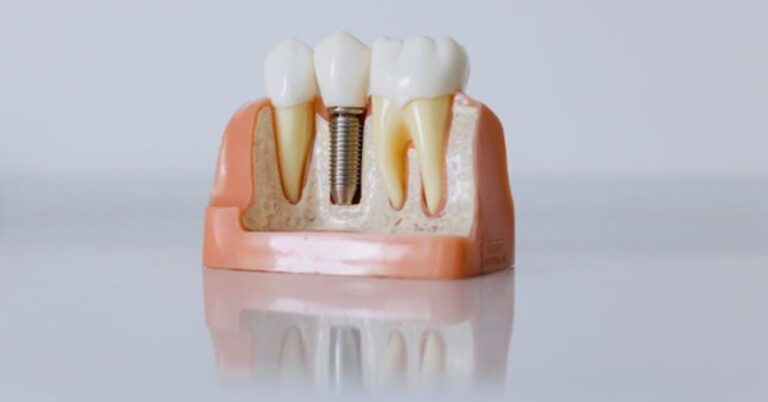Understanding Lipedema: Symptoms, Causes, and Diagnosis
Lipedema is a chronic medical condition that primarily affects women and is often misunderstood or misdiagnosed. This article aims to shed light on lipedema’s symptoms, causes, and diagnosis, providing a comprehensive understanding of this often-overlooked condition.
What is Lipedema?
Lipedema is a disorder characterised by abnormal fat accumulation in the body’s lower part. Unlike regular obesity, lipedema fat is resistant to diet and exercise. Due to its appearance and symptoms, this condition can cause significant physical discomfort and emotional distress.
Symptoms of Lipedema
Pain and Sensitivity
One of the hallmark symptoms of lipedema is pain. The affected areas, typically the legs and sometimes the arms, can become incredibly tender and sensitive to touch. This pain can range from mild discomfort to severe and debilitating pain that affects daily activities.
Swelling and Heaviness
Individuals with lipedema often experience a feeling of heaviness in the affected limbs. Swelling is another common symptom, which can worsen as the day progresses or with prolonged standing or sitting. This swelling is due to the buildup of fat and fluid in the tissues.
Easy Bruising
People with lipedema tend to bruise easily, even with minor bumps or pressure. This is because the capillaries in the affected areas are more fragile, making them prone to breaking and causing bruising.
Symmetrical Distribution
Lipedema usually affects both sides of the body symmetrically. This means that if the condition is present in one leg, it will also be in the other. This symmetrical distribution helps differentiate lipedema from other conditions, such as lymphedema, which may affect only one side.
Causes of Lipedema
Genetic Factors
Research suggests that genetics play a significant role in the development of lipedema. Many individuals with lipedema have a family history, indicating a hereditary component. Specific genes may predispose individuals to develop this disorder, but the exact genetic mechanisms are not fully understood.
Hormonal Influences
Hormonal changes are also believed to contribute to the onset and progression of lipedema. The condition often begins or worsens during periods of hormonal fluctuations, such as puberty, pregnancy, or menopause. This correlation suggests that hormones may play a role in triggering or exacerbating lipedema.
Inflammatory Processes
Recent studies indicate that inflammation might be involved in the development of lipedema. Chronic low-grade inflammation in the affected tissues could contribute to fat accumulation and the associated symptoms. Understanding this inflammatory component could open new avenues for treatment and management.
Diagnosing Lipedema
Clinical Examination
The diagnosis of lipedema primarily relies on a thorough clinical examination. Healthcare providers look for characteristic signs, such as symmetrical fat distribution, tenderness, and easy bruising. They also take a detailed medical history to identify familial patterns and hormonal influences.
Imaging Studies
While clinical examination is crucial, imaging studies can provide additional information. Ultrasound and MRI can help visualise the fat deposits and distinguish lipedema from other conditions like lymphedema or obesity. These imaging techniques can reveal the unique patterns of fat accumulation associated with lipedema.
Differential Diagnosis
Differentiating lipedema from other conditions is essential for accurate diagnosis and treatment. Conditions such as lymphedema, chronic venous insufficiency, and general obesity can mimic some of the symptoms of lipedema. A differential diagnosis involves ruling out these other conditions through clinical evaluation and diagnostic tests.
Lipedema Treatment in Melbourne
Conservative Treatments
In Melbourne, as in many other places, lipedema treatment often begins with conservative measures. These can include compression therapy, manual lymphatic drainage, and specialised exercises. Compression garments can help reduce swelling and improve comfort, while manual lymphatic drainage can aid in fluid removal from the tissues. Lipedema treatment in Melbourne focuses on these approaches to manage the condition effectively.
Surgical Options
For those with more advanced lipedema or those who do not respond to conservative treatments, surgical options may be considered. Liposuction designed for lipedema can help remove abnormal fat deposits and relieve symptoms. For the best outcomes, seeking a specialist experienced in lipedema treatment is essential.
Lifestyle Modifications
Lifestyle changes can also significantly influence lipedema management. Maintaining a healthy diet, staying active, and managing stress contribute to overall well-being and alleviate some symptoms. While these measures may not cure lipedema, they can help improve quality of life.
Living with Lipedema
Emotional Impact
Lipedema can have a profound emotional impact on those affected. Chronic pain, physical limitations, and changes in appearance can lead to feelings of frustration, sadness, and even depression. Individuals with lipedema need to seek support from healthcare providers, support groups, and mental health professionals.
Seeking Support
Online and in-person support groups can provide a valuable sense of community and understanding. Connecting with others with similar experiences can help reduce feelings of isolation and provide practical advice for managing the condition. Healthcare providers in Melbourne can also offer resources and referrals to local support networks.
Ongoing Research
Research into lipedema is ongoing, with scientists and healthcare professionals striving to understand the condition better and develop more effective treatments. Staying informed about the latest research findings and advancements can empower individuals with lipedema to make informed decisions about their care.
Conclusion
Lipedema is a complex and misunderstood condition requiring a multifaceted diagnosis and treatment approach. Understanding the symptoms, causes, and diagnostic processes can help those affected seek appropriate care and support. With ongoing research and advancements in treatment options, there is hope for improved management and quality of life for individuals with lipedema.







